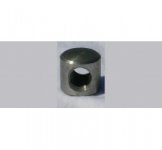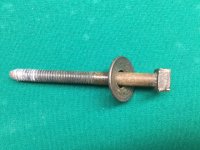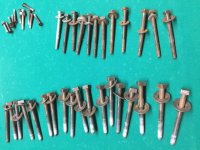I need advice on getting a rail bolt that is broken off inside the slate. My table is a 9 ft. Brunswick (made around the 1940's) The 3/8 inch rail bolts have square heads and are a hair over 4 inches long. The bolt that is broken off is probably around 1/2 inch from the edge of the slate. So, I figure that around 3 inches of bolt has to come out. Can I use some lubricant like PB or Kroil with Silicone to help break the bolt loose? Or will that just lead to more problems?
My thoughts are to use left hand drill bits, and maybe tap an extractor in and try to back it out that way. Any help would be much appreciated. thanks
My thoughts are to use left hand drill bits, and maybe tap an extractor in and try to back it out that way. Any help would be much appreciated. thanks



